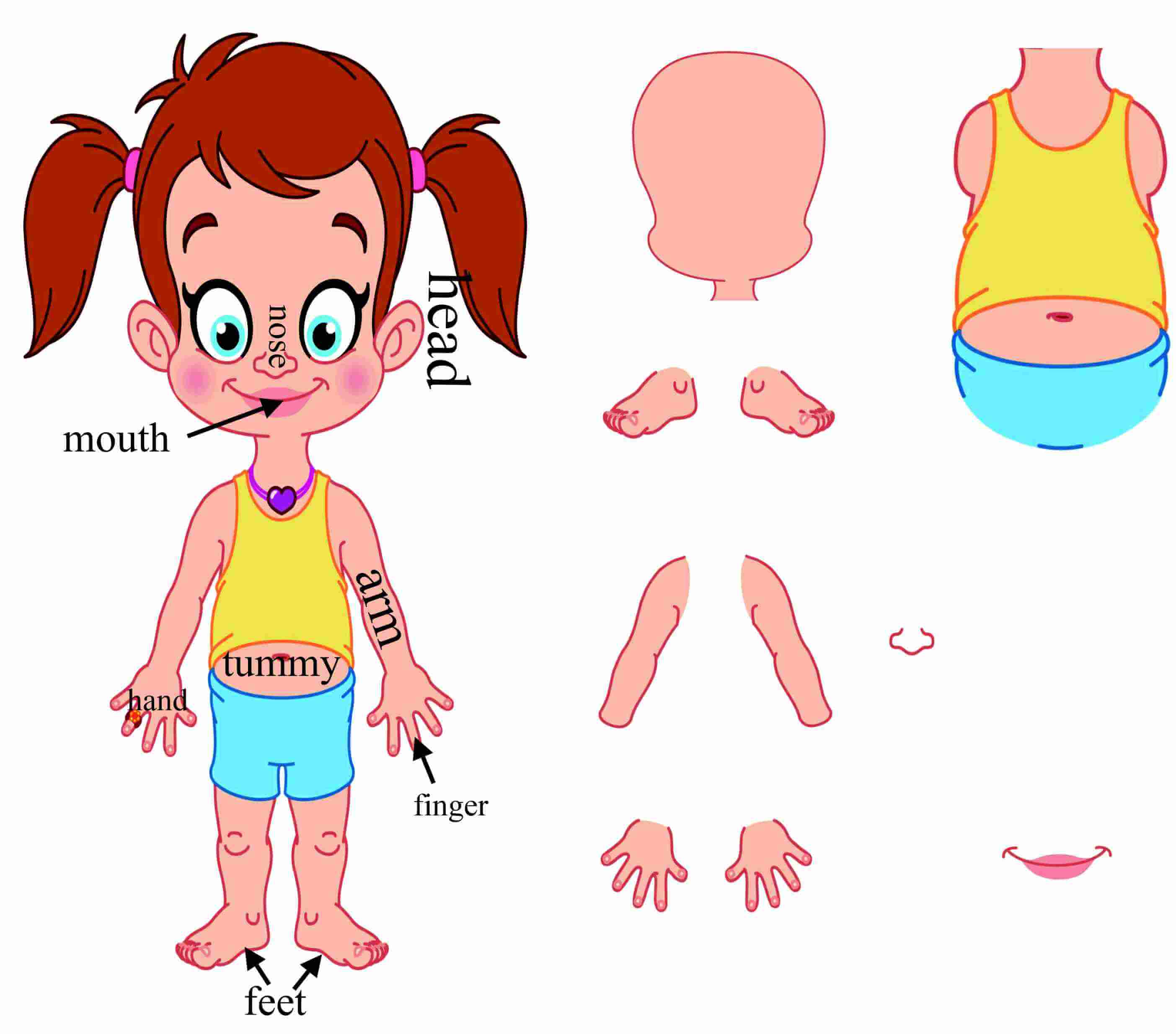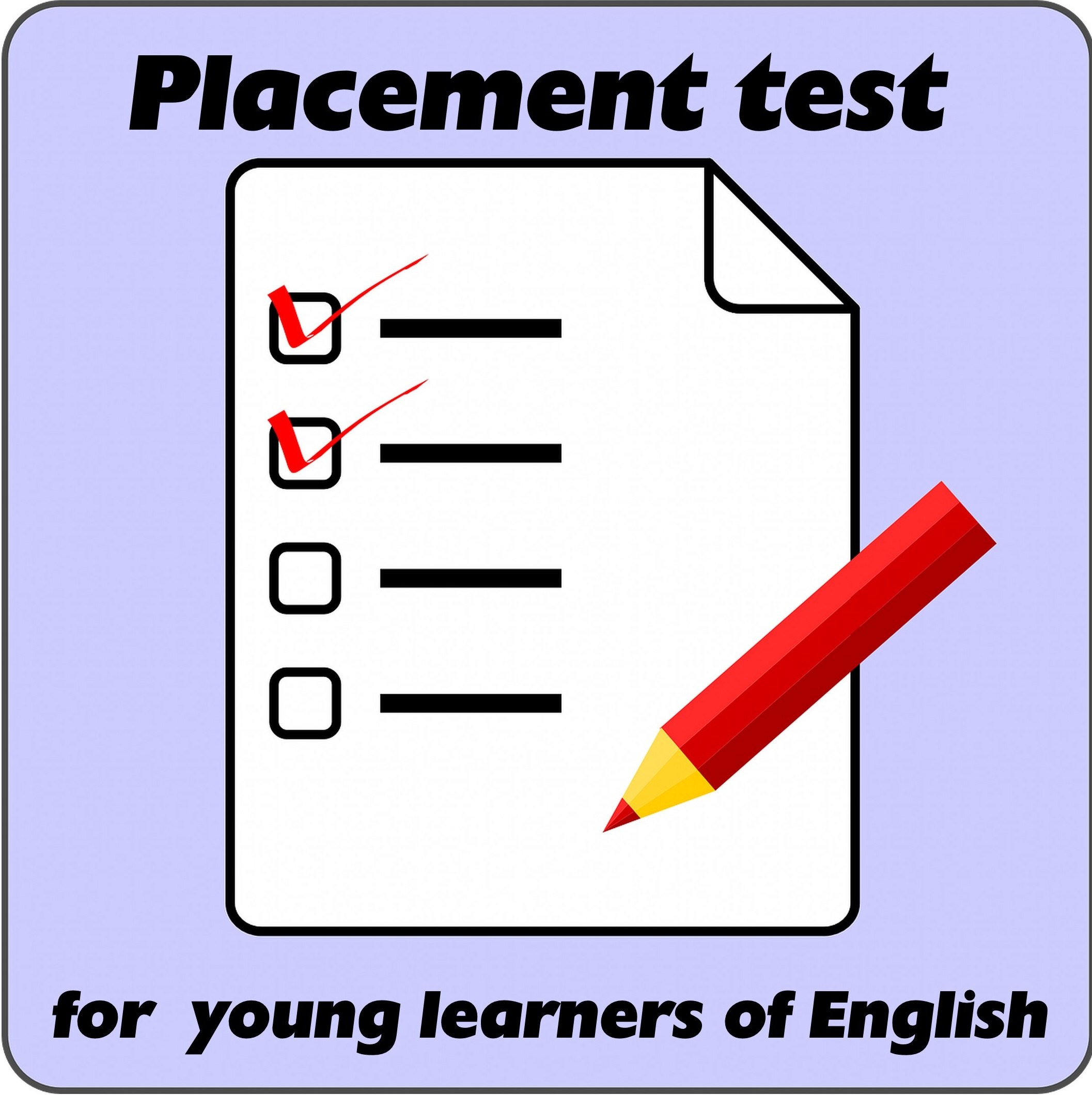Young learners write a letter
This is my first post on writing. I have not written a post on writing because my students do not like to write and I felt that the textbook activities were enough for them. However, as I have to observe my younger colleagues, it so happened that I saw them teaching the same thing twice….


